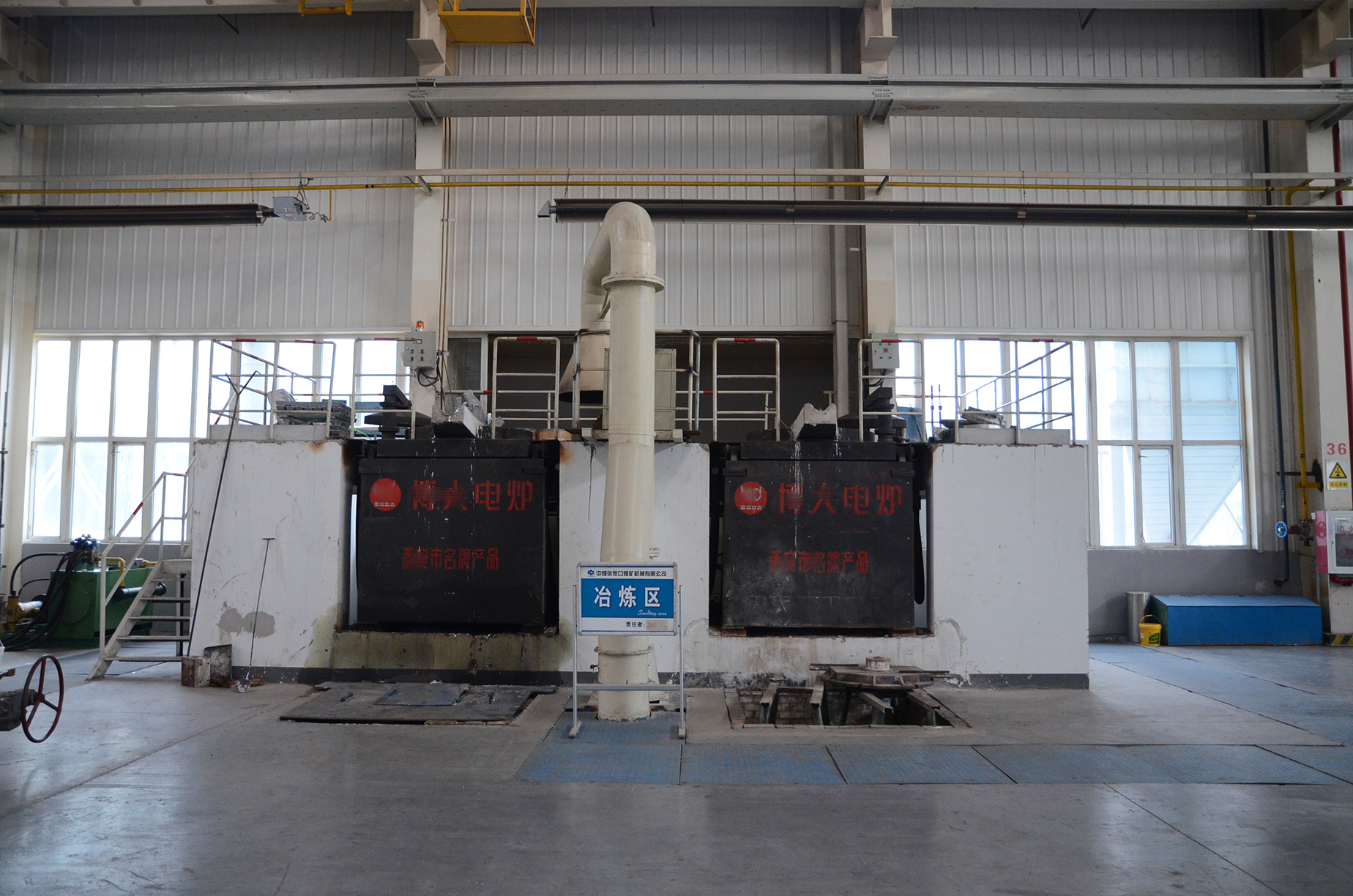okt . 20, 2024 10:53 Back to list
cross flow plate heat exchanger
Cross Flow Plate Heat Exchanger An Essential Tool for Thermal Management
In industrial and commercial applications, effective thermal management is crucial for optimizing processes and ensuring energy efficiency. One of the vital components that serve this purpose is the heat exchanger. Among the various designs available, the cross flow plate heat exchanger has gained significant prominence owing to its unique structural configuration and efficient performance.
Understanding Cross Flow Plate Heat Exchangers
A cross flow plate heat exchanger is characterized by the arrangement of its fluids flowing perpendicular to each other one fluid flows through a series of plates, while the other fluid often flows perpendicular to the plates. This configuration allows for a high surface area for heat transfer, which is essential for efficient energy exchange between the two fluids. Due to their design, these heat exchangers are particularly effective in applications where space is limited and high thermal performance is required.
Design and Features
The fundamental structure of a cross flow plate heat exchanger consists of a series of thin plates stacked together, creating multiple channels for the fluids to pass through. Each plate usually has a corrugated pattern that increases the turbulence of the fluids, enhancing the heat transfer coefficient. The plates are typically made of materials like stainless steel, titanium, or polymer, which offer good thermal conductivity and resistance to corrosion.
One of the notable features of cross flow plate heat exchangers is their ability to handle high flow rates and pressures without significant loss in performance. They are designed to minimize the resistance to flow, ensuring that both fluids can move efficiently through the system. Additionally, their compact design makes them suitable for use in limited spaces, such as within machinery or in urban environments where real estate is at a premium.
Applications
cross flow plate heat exchanger

Cross flow plate heat exchangers find extensive applications across various industries. In the HVAC sector, they play a crucial role in recuperative heat recovery systems, where waste heat is captured and used to preheat incoming air or water, boosting energy efficiency. In the food and beverage industry, they are utilized for pasteurization processes, ensuring that products are heated evenly while maintaining quality standards.
Moreover, in the thermal management of power plants, cross flow plate heat exchangers are integral in cooling systems, improving overall operational efficiency. They can also be found in refrigeration systems, chemical processing units, and even in renewable energy applications, such as solar thermal systems, where they help in maintaining optimal operating temperatures.
Advantages and Considerations
One of the primary advantages of cross flow plate heat exchangers is their high-efficiency heat transfer capabilities, often exceeding those of traditional shell-and-tube designs. Their compact size and lightweight nature also lead to reduced installation costs and lower material usage, making them environmentally friendly.
However, there are considerations to keep in mind. The maintenance of these exchangers can be more complicated due to the intricate design of the plates. Fouling can also occur, necessitating regular cleaning to maintain efficiency. Thus, careful selection based on the application and fluid characteristics is essential for optimal performance.
Conclusion
In an era where energy efficiency and sustainability are of paramount importance, the cross flow plate heat exchanger stands out as a superior choice for various thermal management applications. Its innovative design, coupled with its ability to maximize heat transfer while minimizing space and material use, makes it a vital component in modern industrial systems. As technology continues to evolve, further advancements in the design and materials of cross flow plate heat exchangers are expected, paving the way for even greater efficiencies and broader applications in the future.
-
Centrifugally Cast Iron Water Main Pipe for Reliable Mains
NewsAug.22,2025
-
Durable Centrifugally Cast Iron Water Main Pipe
NewsAug.11,2025
-
Centrifugally Cast Iron Water Main Pipes for Reliability
NewsAug.10,2025
-
High-Quality Centrifugally Cast Iron Water Main Pipes
NewsAug.09,2025
-
Durable Cast Iron Water Main Pipe & Drainage Solutions
NewsAug.08,2025
-
Buy Cast Iron Pipe: Premium Ductile Iron & Drain Solutions
NewsAug.07,2025


